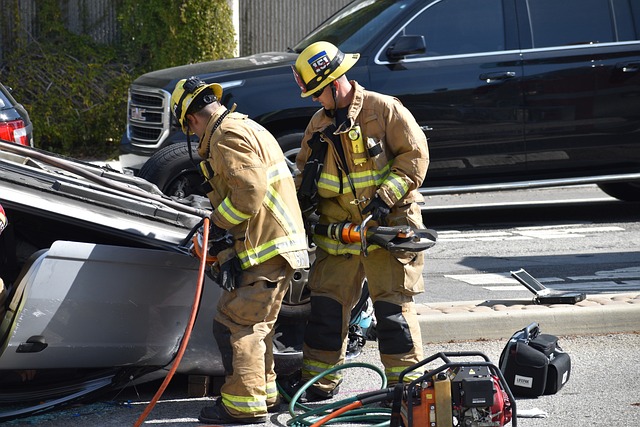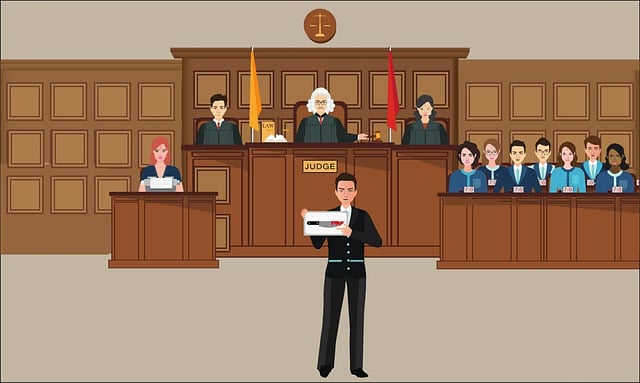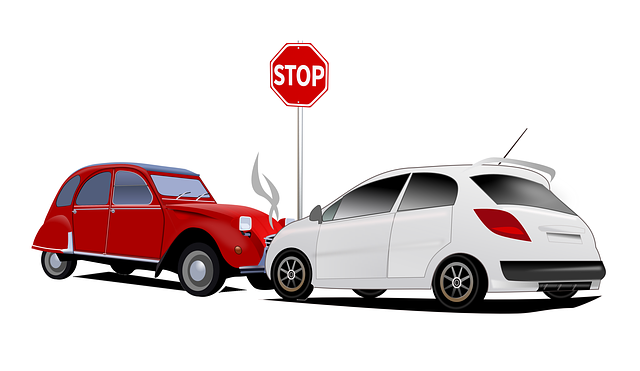Motorcycle lane splitting, while reducing congestion in urban areas, is a contentious practice due to safety risks. Misjudgments can cause accidents and injuries, highlighting the need for safety measures, public education, and distracted driving laws. Preventable through rule adherence, defensive riding, advanced training, dedicated lanes, community education, and adequate insurance, motorcycle lane splitting accidents can be minimized, ensuring safer roads despite ongoing legal discussions and elder law implications.
Motorcycle lane splitting, or filter streaming, is a controversial yet common practice where riders navigate between lanes of traffic. This high-risk behavior often results in accidents, especially with distracted drivers. In this article, we delve into understanding these unique crashes, explore the legal complexities of distracted driving cases involving motorcycles, and offer valuable safety strategies to prevent such incidents. By examining these aspects, we aim to enhance road safety for all users, particularly motorcycle riders.
- Understanding Motorcycle Lane Splitting Accidents
- Legal Aspects of Distracted Driving Cases
- Preventative Measures and Safety Strategies
Understanding Motorcycle Lane Splitting Accidents

Motorcycle lane splitting accidents, also known as “lane filtering” or “split-second passing,” involve a motorcyclist navigating between rows of traffic in adjacent lanes to gain a head start or avoid congestion. This practice is particularly common in areas with heavy bike traffic and often aims to reduce time spent idling in stop-and-go conditions. However, it can be a contentious issue among drivers and cyclists alike due to the potential risks involved.
Understanding these accidents requires recognizing the unique challenges faced by motorcyclists. In dense urban environments, where road space is limited, lane splitting offers a strategic advantage. Yet, it demands exceptional riding skills and an accurate gauge of traffic flow. Misjudgments can lead to collisions with cars in adjacent lanes, resulting in serious injuries or even elder abuse (for vulnerable riders) if not properly addressed by both riders and authorities. Effective safety measures and public education are crucial to mitigate these risks, ensuring a harmonious sharing of the road without increasing business litigation over misunderstandings.
Legal Aspects of Distracted Driving Cases

In the case of a motorcycle lane splitting accident, understanding the legal aspects of distracted driving is paramount. When a driver’s attention is diverted from the road due to activities like texting, eating, or adjusting the radio, their reaction time significantly decreases, posing a severe risk to other vehicles and pedestrians. In many jurisdictions, including those with specific regulations for lane splitting, distracted driving is still considered illegal and can lead to civil liabilities. Victims of such accidents often turn to a car accident attorney for legal recourse, seeking compensation for injuries sustained in the incident.
The impact of distracted driving extends beyond personal injury cases; it also has implications for elder law. As an increasing number of elderly individuals continue to drive, caregiver negligence due to distraction becomes a concern. This not only affects their own safety but also that of other road users. Legal experts recommend that drivers, especially those caring for the elderly, prioritize road safety and minimize distractions while driving to prevent catastrophic incidents.
Preventative Measures and Safety Strategies

Preventative measures and safety strategies are paramount when addressing motorcycle lane splitting accidents. Riders can minimize risks by adhering to traffic laws, maintaining awareness of surroundings, and using defensive riding techniques. This includes signaling intentions clearly, staying within safe following distances, and anticipating potential hazards. Advanced training courses can also equip riders with skills to navigate complex situations, enhancing their ability to avoid accidents.
Beyond individual responsibilities, infrastructure improvements play a crucial role in reducing such incidents. Well-designed roads with clear markings and dedicated motorcycle lanes encourage responsible riding. Additionally, community education initiatives that raise awareness about lane splitting—its risks and benefits—can foster understanding among all road users, leading to safer interactions. Ensuring proper coverage through homeowner insurance claims or considering comprehensive business litigation options can also help mitigate financial impacts in case of accidents, regardless of fault.
Motorcycle lane splitting, or filtering, continues to be a contentious issue with potential legal ramifications. While it can improve traffic flow, understanding the risks is crucial. By educating drivers on distracted driving and implementing safety strategies, we can foster a more responsible and secure environment for all road users. Remember, preventing accidents through awareness and proactive measures is key, especially when navigating busy streets and highways.





